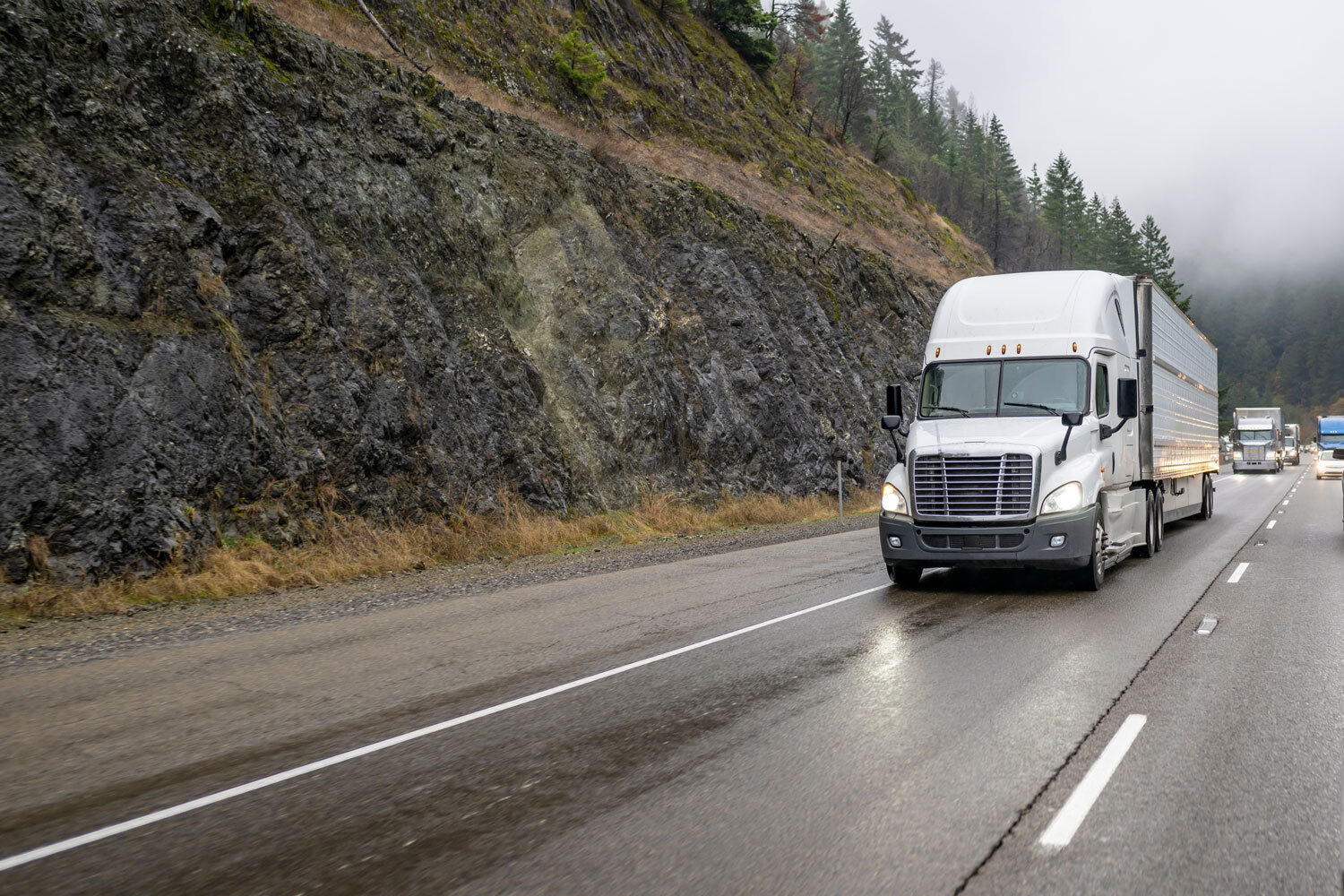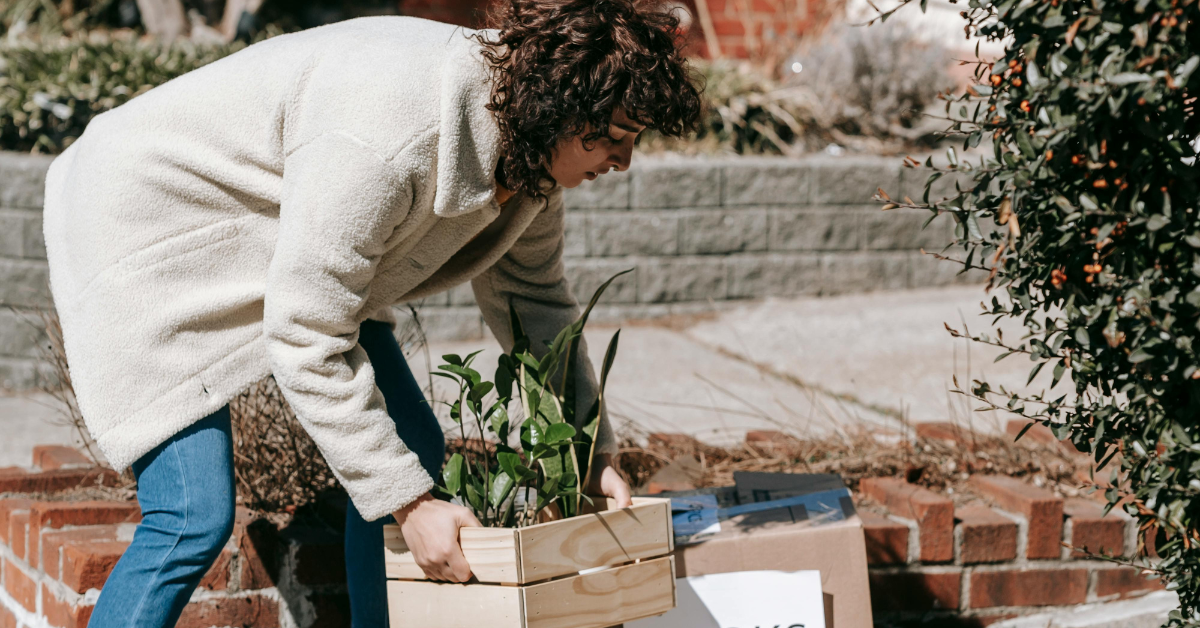How Do Moving Companies Safely Move Furniture in the Rain

If you’re in the throes of your moving process or considering moving, there is a lot to plan and many checklists to complete. After determining if you will move yourself or hire a company; deciding what will get sold, stored and/or packed; coordinating with the necessary service provided to set up or discontinue service and more, as the moving day approaches, you nervously check the weather. To your dismay, it’s going to rain.
We have all heard there are advantages to house hunting on rainy days, but no one wants to move in the rain. While we cannot control the weather, we can control how we handle the situation.
Postpone Your Move
Whether you’ve hired a moving company or have decided to move yourself, postponing your move could be an option. Before opting to delay your move, consider how the delay will impact your other dates, and look at the future forecast to determine if the rain will subside.
For those moving long-distance or not immediately moving into your new residence, the delayed moving date may impact hotel reservations or the time requested take off work.
For those moving on their own, evaluate the cost and availability of the truck as well as the availability of those who are helping you move.
If you hire a mover, be aware that many companies will charge cancellation fees. It also may not be feasible to delay your move during busy seasons as many companies are booked back-to-back for weeks. A potential one-day delay for you could result in a week’s delay due to the company’s availability.
Moving in the Rain
If postponing your move isn’t an option, be sure you or your moving company take the necessary precautions to ensure people are not injured, and your belongings are safe and remain damage-free.
Protect Your Furniture
Take advice from the Boy Scouts and “Always be prepared.”
While many will wrap their breakables in moving pads or bubble wrap, extra action is needed to protect moving your furniture in the rain: wrapping your items in plastic, waterproof tarps or stretch wrap. If you don’t have a large amount of plastic wrap, consider using plastic garbage bags.
First, take note of your furniture that could be damaged by water: anything made of wood, fine art, electronics, couches or anything upholstered. Then, cover those items with plastic and use painter’s tape to hold it in place.
While a blanket will keep the items from becoming dented or broken, it will also absorb the rainwater. Keep in mind a thoroughly damp blanket could cause more harm than no blanket at all. Correctly wrapping your items in plastic is like providing your furniture and valuables with a raincoat, keeping the rain out and your furniture dry.
A company used to moving in these conditions will often supply and wrap your furniture for you.
Second, consider purchasing extra plastic containers with airtight lids. Where cardboard boxes can become soggy and unreliable, plastic containers will keep many smaller items dry without needing to wrap them individually. If plastic containers aren’t available, lift cardboard boxes from the bottom versus just the sides or the top, as cardboard boxes are more likely to tear when wet. For additional protection, cover your cardboard boxes in plastic to keep them from getting wet too.
Finally, consider loading the truck with your plastic-covered or protected items first. These can also serve as the base layer protecting non-plastic boxes and items from the truck’s flooring.
Whether moving yourself or secured professional movers, plastic is the key to ensuring your items stay safe when moving furniture in the rain.
Protect People
Beyond protecting your furniture in the rain, it is essential to focus on “how” to safely move furniture in the rain. When people are safe, there is a higher likelihood that your items are safe.
First, wear the appropriate clothing and footwear. As with most rainy weather, those moving should wear a raincoat, weatherproof gloves and waterproof or all-weather shoes with nonskid soles. Weatherproof gloves can provide additional grip when items are slippery, reducing the likelihood of dropping valuables. In heavy rain conditions, bring backups to change into mid-day.
Prevent slipping both inside your home and on the truck by creating a “large welcome mat” at the entry of your home and on the truck. Taping cardboard boxes, thick towels or heavy tarps onto your flooring can protect those moving from slipping. As a bonus, this can also help protect the rest of your house by trapping dirt and moisture from shoes. Depending on the number of times people will need to go in and out of your home, remember to replace those items or lay more down when the original layer becomes soggy.
Consider placing a tent or canopy over the space between your house and the moving truck if available. If not possible, prioritize locating the truck as close as possible to your residence to lessen the amount of time exposed to the rain.
The Armstrong Company is reducing stress and delivering reliability across northern Texas. Our award-winning residential moving crew is committed to providing seamless experiences for both local and long-distance relocations. Learn more by calling 972.242.0511 or requesting a free quote online.
